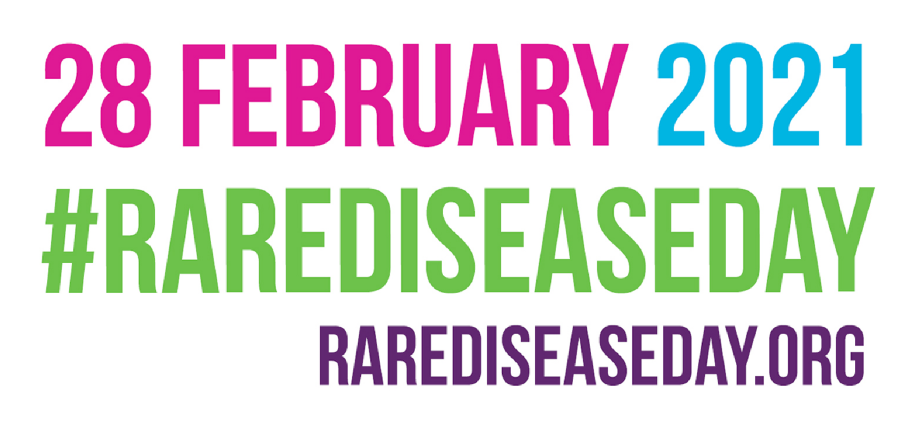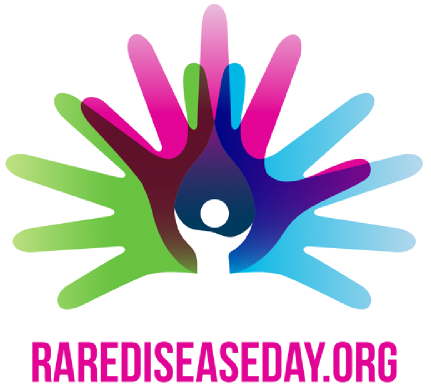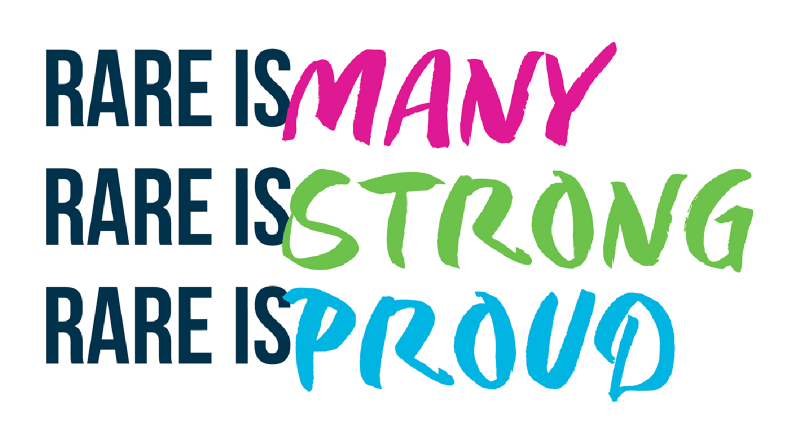Dyne Therapeutics Presents New In Vivo Data for its Myotonic Dystrophy Type 1 Candidate (DYNE-101) Demonstrating Robust Splicing Correction During World Muscle Society 2021 Virtual Congress
September 20, 2021
- New In Vivo Data Also Show Sustained Knockdown of Toxic Human Nuclear DMPK RNA and Foci Reduction -
- DM1 Program is One of Three IND Submissions Planned Between the Fourth Quarter of 2021 and the Fourth Quarter of 2022 -
WALTHAM, Mass., Sept. 20, 2021 (GLOBE NEWSWIRE) -- Dyne Therapeutics, Inc. (Nasdaq: DYN), a muscle disease company focused on advancing innovative life-transforming therapeutics for people living with genetically driven diseases, is presenting new in vivo data during the World Muscle Society (WMS) 2021 Virtual Congress demonstrating the ability of its myotonic dystrophy type 1 (DM1) candidate, DYNE-101, to target the nucleus and achieve knockdown of toxic DMPK RNA, foci reduction and correction of splicing in muscle tissues in the hTfR1/DMSXL mouse model.
“DM1 is a spliceopathy, and in a novel hTfR1/DMSXL model, DYNE-101 demonstrated robust correction of splicing in the heart and skeletal muscles, as well as knockdown of toxic human nuclear DMPK RNA at a magnitude that has the potential to be disease-modifying. In addition, the subcellular fractionation data we generated reinforce that DM1 is a nuclear RNA-driven disease and that DYNE-101 effectively acts in the nucleus. We are also pleased that DYNE-101 was well tolerated in a non-human primate dose-range finding study,” said Oxana Beskrovnaya, Ph.D., Dyne’s chief scientific officer. “These findings further validate the FORCE™ platform as we drive our three programs toward the clinic, and we also look forward to presenting new in vivo data for our Duchenne program at the Muscle Study Group Annual Scientific Meeting in October.”
DM1 is a rare, progressive, genetic disease caused by an abnormal expansion in the number of CTG triplet repeats in a region of the DMPK gene that causes toxic RNA to cluster in the nucleus, forming foci and altering the splicing of multiple proteins essential for normal cellular function. As a result of this altered splicing, people living with DM1 typically experience progressive weakness of skeletal, cardiac and smooth muscles. There are no approved disease-modifying therapies for DM1. DYNE-101 consists of an antigen-binding fragment antibody (Fab) conjugated to an antisense oligonucleotide (ASO) to enable targeted muscle tissue delivery with the goal of reducing toxic DMPK RNA in the nucleus, releasing splicing proteins, allowing normal mRNA processing and translation of normal proteins, and potentially stopping or reversing the disease.
The new data being presented during the World Muscle Society Congress were generated using an innovative hTfR1/DMSXL mouse model developed by Dyne that expresses the human transferrin 1 receptor (TfR1) and carries a human DMPK gene with more than 1,000 CTG repeats that represents a severe DM1 phenotype. In hTfR1/DMSXL hemizygous mice, the data demonstrated that human mutant DMPK RNA was trapped in the nucleus of muscle and that DYNE-101 acted within the nucleus to degrade toxic human DMPK RNA. In hTfR1/DMSXL homozygous mice, DYNE-101 delivered sustained reductions in toxic human DMPK RNA (49 percent) and foci area (49 percent) in heart tissue leading to splicing correction at 4 weeks. Similar results were observed in skeletal muscle, with DYNE-101 demonstrating toxic human DMPK RNA knockdown of 40 percent in the diaphragm, 49 percent in the tibialis anterior, and 44 percent in the gastrocnemius, along with correction of splicing in each muscle at 4 weeks.
While not a disease model for DM1, DYNE-101 was also evaluated in non-human primates where it was found to be well tolerated in a non-GLP toxicology dose-range finding study. No adverse findings or clinical signs of toxicity were seen after repeat ascending doses of DYNE-101, and no effects on body weight, kidney or liver function were observed.
The poster (EP.233) entitled, “The FORCE™ Platform Achieves Durable Knockdown of Toxic Human Nuclear DMPK RNA and Correction of Splicing in the hTfR1/DMSXL Mouse Model” is available in the Scientific Publications & Presentations section of Dyne’s website.
DMD Program Presentation During Muscle Study Group Annual Scientific Meeting
Additionally, new in vivo data for Dyne’s Duchenne muscular dystrophy (DMD) program will be featured during the Muscle Study Group Annual Scientific Meeting, which will take place virtually October 1-3, 2021. The abstract entitled, “FORCE™ platform delivers exon skipping PMO, leads to durable increases in dystrophin protein in mdx mice and is well tolerated in NHPs,” has been published in the RRNMF Neuromuscular Journal. Dyne will deliver a presentation on October 1, 2021 and plans to issue a press release summarizing the data.
About Myotonic Dystrophy Type 1 (DM1)
DM1 is a rare, progressive, genetic disease that affects skeletal, cardiac and smooth muscles. It is a monogenic, autosomal dominant disease caused by an abnormal expansion in a region of the DMPK gene. The expansion in the number of CTG triplet repeats causes toxic RNA to cluster in the nucleus, forming nuclear foci and altering the splicing of multiple proteins essential for normal cellular function. This altered splicing results in a wide range of symptoms. People living with DM1 typically experience progressive weakness of major muscle groups, which can affect mobility, breathing, heart function, speech, digestion and vision as well as cognition. DM1 is estimated to affect more than 40,000 people in the United States and over 74,000 people in Europe, but there are currently no approved disease-modifying therapies.
About the FORCE™ Platform
The proprietary FORCE™ platform drives Dyne’s efforts to develop targeted, modern oligonucleotide therapeutics with the potential to be life-transforming for patients with serious muscle diseases. Dyne designed the FORCE platform using its deep knowledge of muscle biology and oligonucleotide therapeutics to overcome the current limitations in delivery to muscle tissue with the goal of stopping or reversing disease progression. The FORCE platform leverages the importance of transferrin 1 receptor, TfR1, in muscle biology as the foundation for its novel approach. TfR1, which is highly expressed on the surface of muscle cells, is required for iron transport into muscle cells. Dyne links therapeutic payloads to its TfR1-binding fragment antibody (Fab) to develop targeted therapeutics for muscle diseases.
About Dyne Therapeutics
Dyne Therapeutics is building a leading muscle disease company dedicated to advancing innovative life-transforming therapeutics for people living with genetically driven diseases. With its proprietary FORCE™ platform, Dyne is developing modern oligonucleotide therapeutics that are designed to overcome limitations in delivery to muscle tissue seen with other approaches. Dyne’s broad portfolio of therapeutic candidates for serious muscle diseases includes programs for myotonic dystrophy type 1 (DM1), Duchenne muscular dystrophy (DMD) and facioscapulohumeral muscular dystrophy (FSHD). For more information, please visit https://www.dyne-tx.com/, and follow us on Twitter, LinkedIn and Facebook.
Forward-Looking Statements
This press release contains forward-looking statements that involve substantial risks and uncertainties. All statements, other than statements of historical facts, contained in this press release, including statements regarding Dyne’s strategy, future operations, prospects and plans, constitute forward-looking statements within the meaning of The Private Securities Litigation Reform Act of 1995. The words “anticipate,” “believe,” “continue,” “could,” “estimate,” “expect,” “intend,” “may,” “might,” “objective,” “ongoing,” “plan,” “predict,” “project,” “potential,” “should,” or “would,” or the negative of these terms, or other comparable terminology are intended to identify forward-looking statements, although not all forward-looking statements contain these identifying words. Dyne may not actually achieve the plans, intentions or expectations disclosed in these forward-looking statements, and you should not place undue reliance on these forward-looking statements. Actual results or events could differ materially from the plans, intentions and expectations disclosed in these forward-looking statements as a result of various important factors, including: uncertainties inherent in the development of product candidates, including the conduct of research activities and the initiation and completion of preclinical studies and clinical trials; uncertainties as to the availability and timing of results from preclinical studies; the timing of and Dyne’s ability to submit and obtain regulatory clearance for investigational new drug applications; whether results from preclinical studies will be predictive of the results of later preclinical studies and clinical trials; whether Dyne’s cash resources will be sufficient to fund the Company’s foreseeable and unforeseeable operating expenses and capital expenditure requirements; uncertainties associated with the impact of the COVID-19 pandemic on Dyne’s business and operations; as well as the risks and uncertainties identified in Dyne’s filings with the Securities and Exchange Commission (SEC), including the Company’s most recent Form 10-Q and in subsequent filings Dyne may make with the SEC. In addition, the forward-looking statements included in this press release represent Dyne’s views as of the date of this press release. Dyne anticipates that subsequent events and developments will cause its views to change. However, while Dyne may elect to update these forward-looking statements at some point in the future, it specifically disclaims any obligation to do so. These forward-looking statements should not be relied upon as representing Dyne’s views as of any date subsequent to the date of this press release.
Contact:
Dyne Therapeutics
Amy Reilly
areilly@dyne-tx.com
857-341-1203

« back to news page




